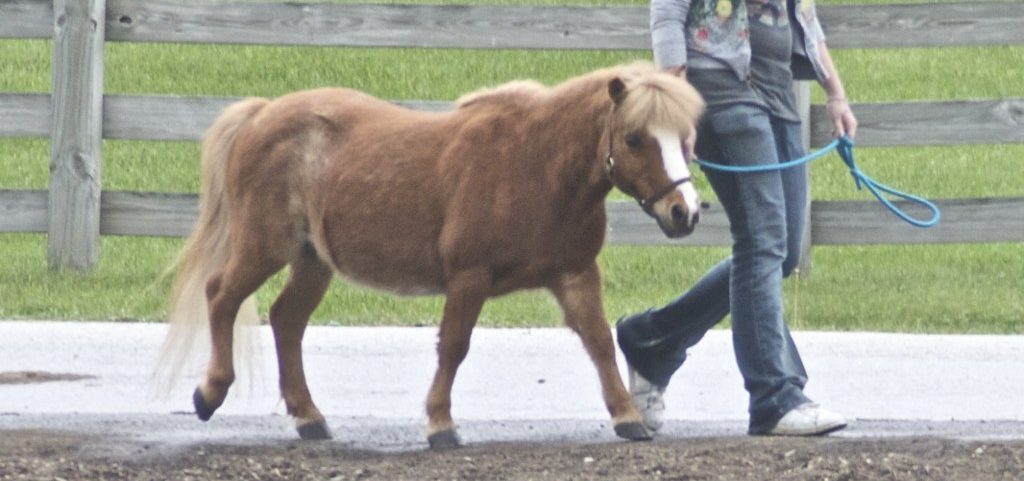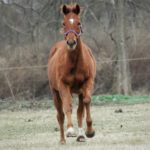Horses have been commonly used throughout the ages, especially in medieval times. One example of more popular horses that have been used during those days is the Danish horse. The Danish horse is known for its elegance and beauty though it is small in size. It is often used in Scandinavian countries due to its outlook as well as its physicality. Other smaller horses used during the Middle Ages include the coursers and rounceys. Indeed, the earliest records of any miniature horse are during the ages of King Louis XIV of France, where it is reported that he kept unique animals at a zoo in Versailles. One of those unique, rare animals is the miniature horse.
The main reason why the smaller horses are popular is due to the hardiness as well as its high adaptability to all sorts of climates and environment. In those days, the conditions of the terrains and landscapes can be ever-changing (cue Game Of Thrones). Indeed, many of the current breeds of horses did originate from European countries back in the Middle Ages, and there haven’t been many changes in their body structure since then.
Top Minature Horses For Kids Or Short People
When applied to the current context, it is actually very applicable and wise to choose ponies or small horse breeds as they can be relatively easy to maintain as well as having the benefits of being adaptable and durable. According to this website, the difference between ponies and mini horses is the stockiness of the horse itself. Mini horses are simply horses that are bred as full-sized horses, albeit on a smaller scale. As such, a good way to define small horses, ponies or miniature horse is any horse that is under 14.2 hands.
With that as a rough guide, let us look into some of the top miniature horses that do suit well for people who are shorter or even for kids.
1. Gypsy horse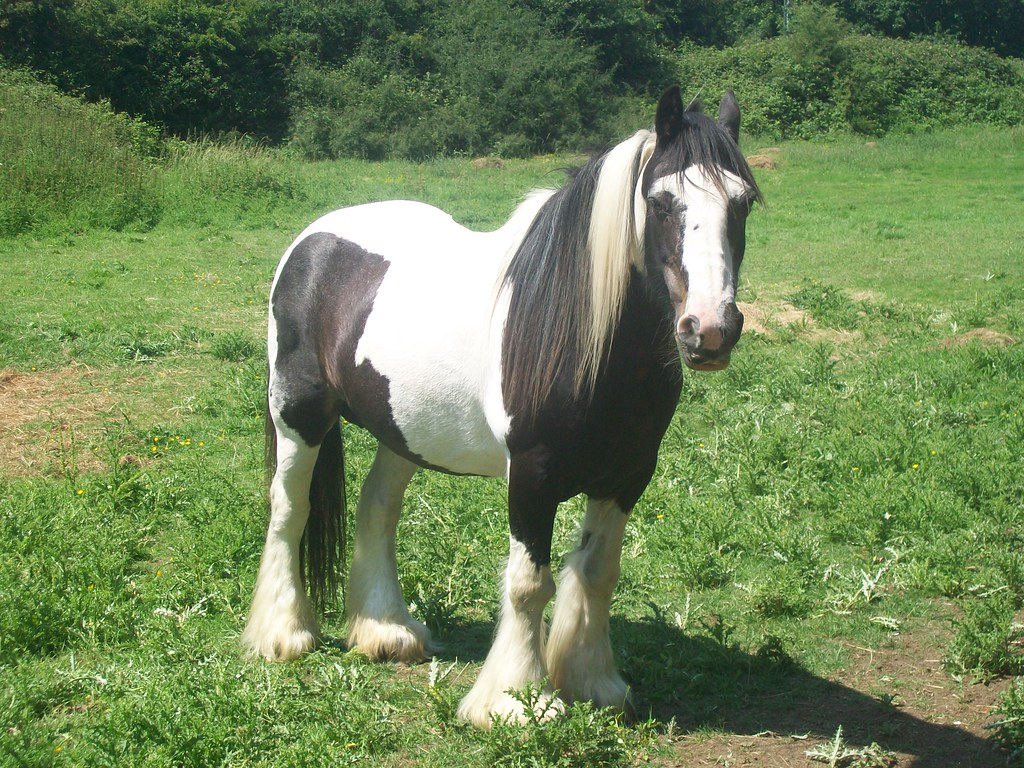
The Gypsy Horse is a breed of horse that is bred on the island of Ireland in the UK. It has a small build and it has only been formalized as a breed in 1996. They are very popular amongst miniature horses enthusiasts, and breeders started to import them into the United States from 1996 onwards.
The Gypsy horse was initially bred to pull the Gypsy wagon (and hence the name), but in recent years, it is being used to do all sorts of pulling. These include the pulling of carts as well as being used in the dressage competition.
Gypsy horses are known for their intelligence as well as elegance, hence the reason why they are being used in show competitions. It is characterized by its strong muscular neck as well as its sloped shoulders, giving it an overall strong profile. As for the colors, they do come in a variety of colors, but the most common one will be the piebald Gypsy horse.
In terms of sizes, you can expect them to weight around 1400 pounds and with a height of about 14.2 hands. With a life expectancy of 23 years, you can expect yourself to be a good company for a long time.
2. Yonaguni horse
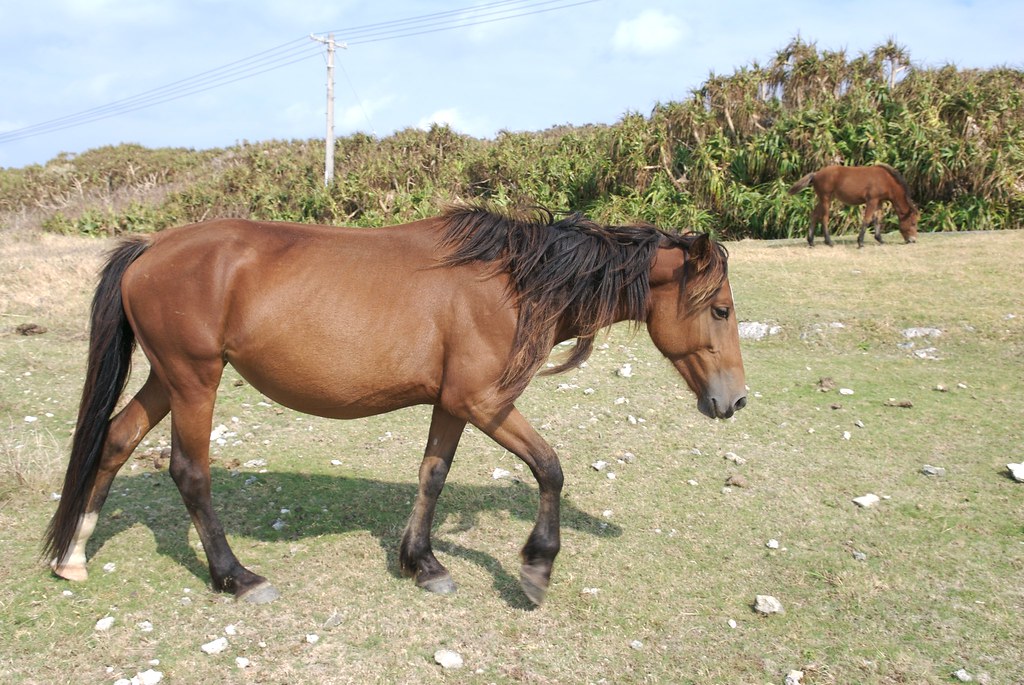 As you might suspect, the Yonaguni horse originates from Japan. It has been in existence since the ancient days, but due to globalization as well as industrialization, the numbers have been drastically dwindling down. Regarded as a massive cultural asset by the Japanese, there have been considerable, albeit slow, efforts in trying to increase its numbers. There are some ranches across Japan that have the Yonaguni Horse in the stables.
As you might suspect, the Yonaguni horse originates from Japan. It has been in existence since the ancient days, but due to globalization as well as industrialization, the numbers have been drastically dwindling down. Regarded as a massive cultural asset by the Japanese, there have been considerable, albeit slow, efforts in trying to increase its numbers. There are some ranches across Japan that have the Yonaguni Horse in the stables.
There isn’t any particular indication of the year at which they are being first developed, but kings in the past do offer the Yonaguni horse to delegates as a form of a gift. They are often characterized by the gentle and friendly deposition, and the Yonaguni horse is only utilized for the occasional riding, and this is generally because it can be relatively easy to ride on this miniature horse from Japan.
The Yonaguni horse is indeed strong, and with the long and hard hooves, they are able to ride for longer distances than the average miniature horse. In terms of size, it can grow up to an average of 11 hands, and its colors range from brown to roan with the occasional cremello varients.
3. Shetland Pony
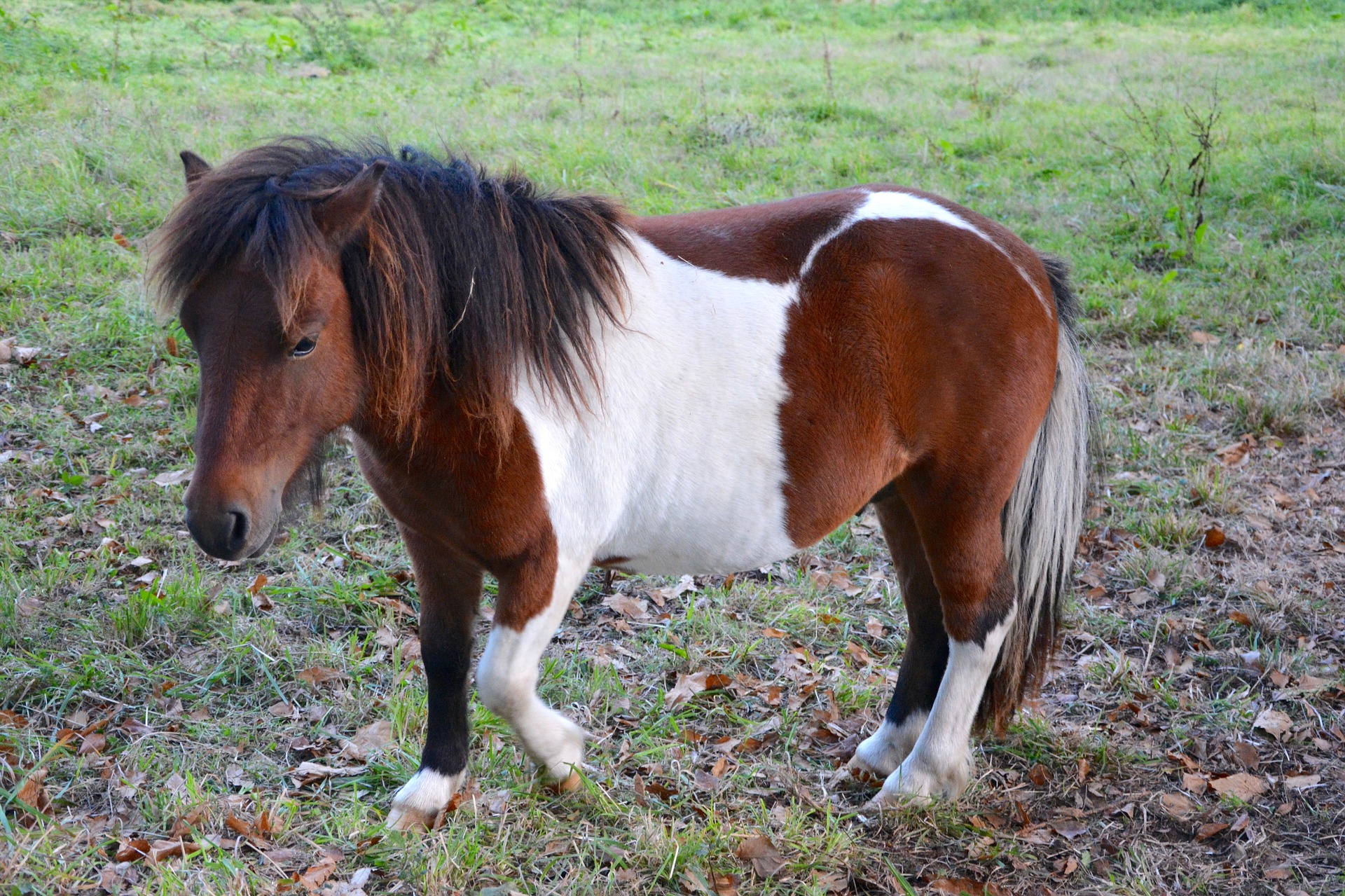 The Shetland Pony originates from Scotland and is actually the smallest of all the pony breeds that you can find these days. Though they are from Scotland, you can find them in most countries these days, perhaps because of its huge popularity due to its appearance. They are indeed popular amongst children, and the Shetland Pony is commonly seen in circus and shows.
The Shetland Pony originates from Scotland and is actually the smallest of all the pony breeds that you can find these days. Though they are from Scotland, you can find them in most countries these days, perhaps because of its huge popularity due to its appearance. They are indeed popular amongst children, and the Shetland Pony is commonly seen in circus and shows.
The Shetland pony is an intelligent breed of pony, and they can be highly affectionate, hence its popularity with children. It does have a short body, reaching heights up to a maximum of 11 hands, though more commonly averaging at 10 hands. It is very light, weighing only at 450 pounds when tipping the scales.
Due to the smaller stature, they are often used in dressage events as well as riding, but perhaps more often for children rather than adults. As for the color, the more common variants are the brown and black colors.
4. Guoxia
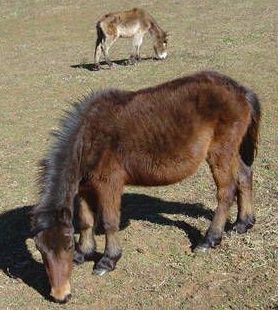 The Guoxia horse originates from China, and they have been around since the ancient world. If you dig deeper, you will know that the Guoxia horse is a purebred horse, and is more commonly found in the counties of Jingxi, Tianyang, and Debao.
The Guoxia horse originates from China, and they have been around since the ancient world. If you dig deeper, you will know that the Guoxia horse is a purebred horse, and is more commonly found in the counties of Jingxi, Tianyang, and Debao.
The Guoxia horse is not the prettiest of miniature horses, given that is has a very coarse and rugged outlook. This is perhaps because of its uses in the olden days, where they are commonly used for riding as well as to do work in the fields. The primitive features really did not change over the years, maintaining its look since the kings of days past.
The horse is strong with its well-developed legs and strong joints. It too can grow up to a maximum of 11 hands and are used commonly for riding these days. In China, it is very common for children to own the Guoxia horse as a pet. It is common to see them in the Grey variant, though they do come in roan as well as bay variants.
5. Fjord Horses
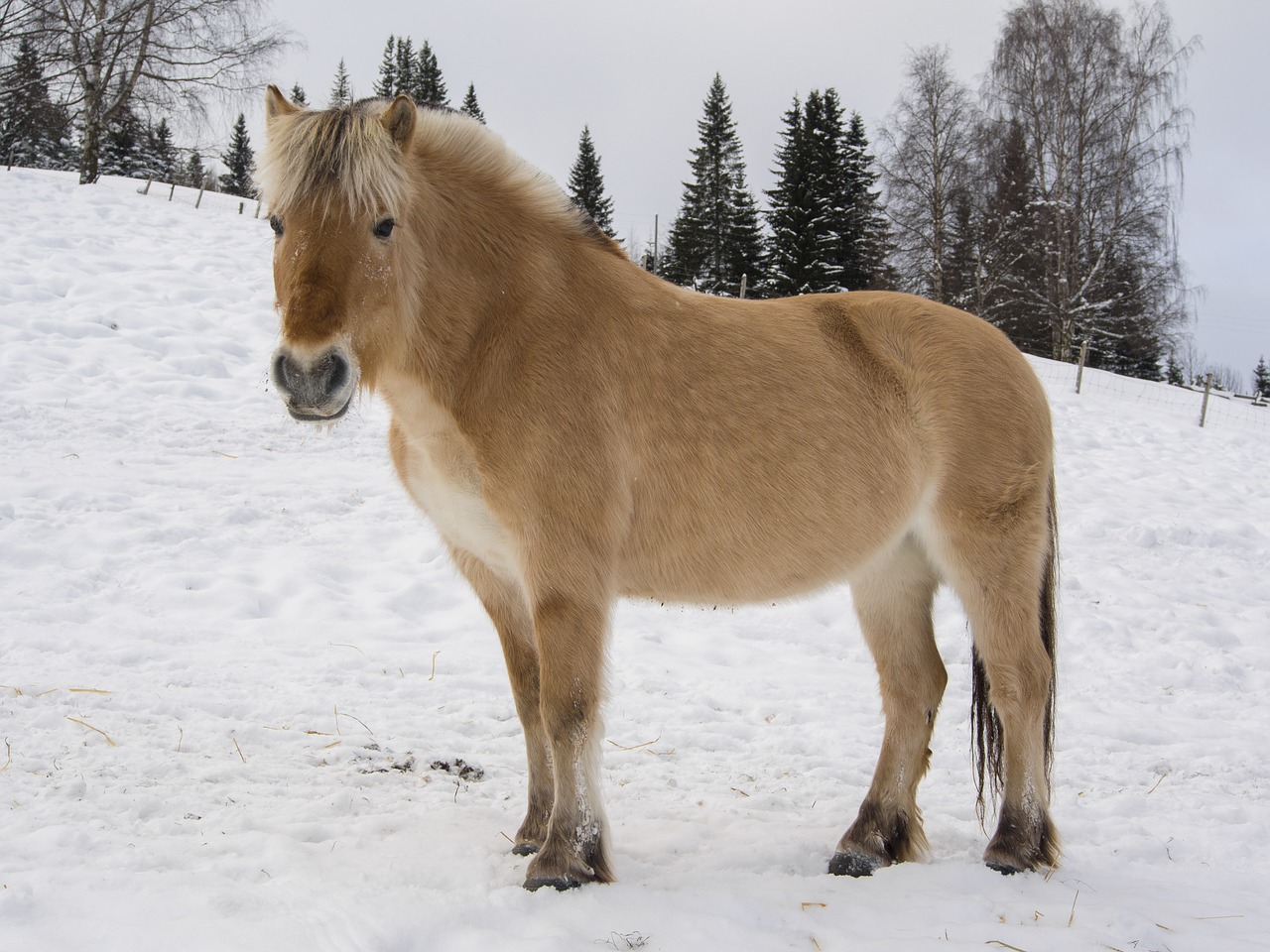 This is maybe one of the strongest miniature horses even when they are relatively small in size at 15 hands at a maximum. Originating from Norway nearly 4000 years ago, they are indeed popular even back in the olden days. Due to their immense strength, they are commonly employed to pulling carts as well as long-distance riding, carrying full-sized adults along at the same time.
This is maybe one of the strongest miniature horses even when they are relatively small in size at 15 hands at a maximum. Originating from Norway nearly 4000 years ago, they are indeed popular even back in the olden days. Due to their immense strength, they are commonly employed to pulling carts as well as long-distance riding, carrying full-sized adults along at the same time.
They have a very distinct appearance with its muscular body. Their well-developed and strong legs is the main reasons why they are being favored as a mode of human transportation in the past. Riding in the fields in Norway on a Fjord horse can be pretty therapeutic. In recent years, the Fjord horse is commonly used for endurance riding as well as for dressage events.
The Fjord horse has an average lifespan of 30 years, and it can weight up to a maximum of 1000 pounds. As for the color, they are all dun in color, with a few variants here and there. Though they are popular, the Fjord horse does have 4 health problems that are breed-specific. The four problems are colic, laminitis, rain rot, and thrush.
6. Haflinger Horses
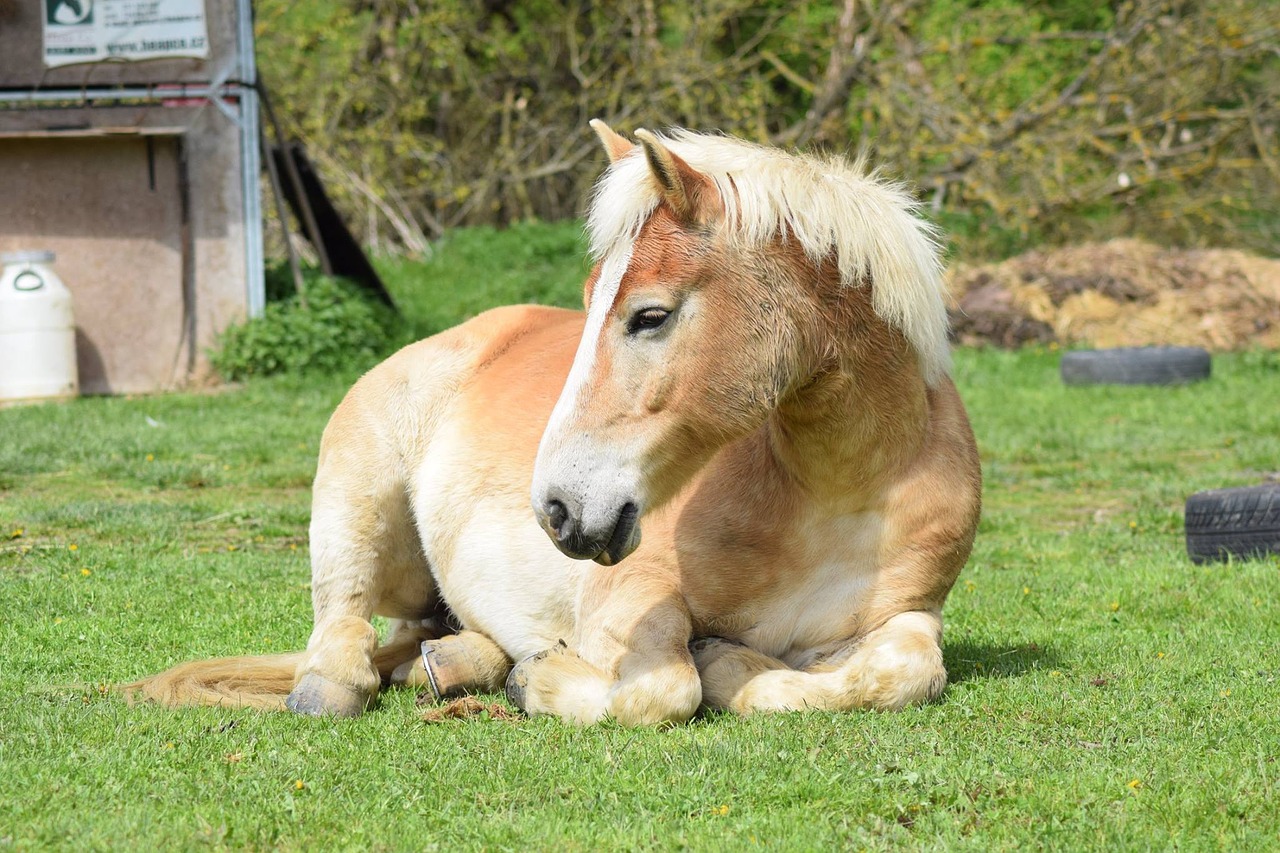 The Haflinger horse is a powerful yet elegant horse that originates from Italy as well as Austria. Their origins can be traced back to the 19th century, and they have both Arabian and European blood in them, hence combining both of the best traits in each bloodline.
The Haflinger horse is a powerful yet elegant horse that originates from Italy as well as Austria. Their origins can be traced back to the 19th century, and they have both Arabian and European blood in them, hence combining both of the best traits in each bloodline.
This breed of horse is commonly regarded to be quiet and kind, but once you unleash them to the fields, their powerful legs take over from there. More commonly used for agricultural purposes as well as dressage and show events, the Haflinger horse is indeed versatile. This is probably due to its high stamina, athleticism as well as intelligence.
In terms of size, they are tipping the scales at 13 hands on average as well as having a weight of about 1000 pounds. Chestnut is the most common color of the Haflinger horse, and they are best remembered for the sloping shoulders as well as the deep chest.
7. Falabella miniature horse
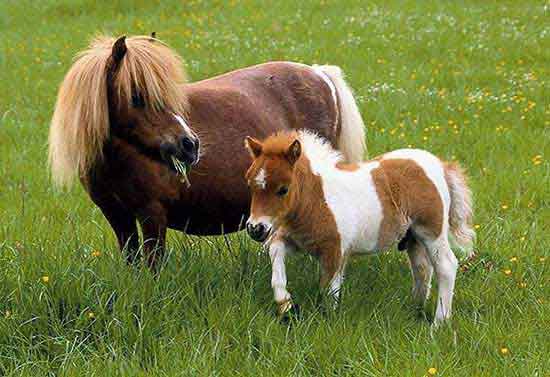
The Falabella horse is a miniature horse that originates from Argentina. Their origins can be traced to the 19th Century, where there have been used for general riding as well as for dressage events. Their distinct features include their muscular frame as well as their stout legs, hence bestowing upon them the ability to jump higher than other miniature horses as well as having the elegance that is needed for dressage.
Not surprisingly, it does have an average height of just 8 hands, it does have a weight that averages around 70 pounds. This makes it one of the lightest miniature horse ever. It is however known for its longevity. The Falabella horse can live up to 45 years of age, which is one of the oldest ever for horses.
The Falabella is an obedient horse, and hence it is very easy to train them. Perhaps this is why they are usually the choice of a horse when it comes to dressage in the Olympics. In terms of color variants, Chestnut and brown color are common. It is rare to see Falabella horses that are in red of black leopard-spotted.
8. Icelandic Horses
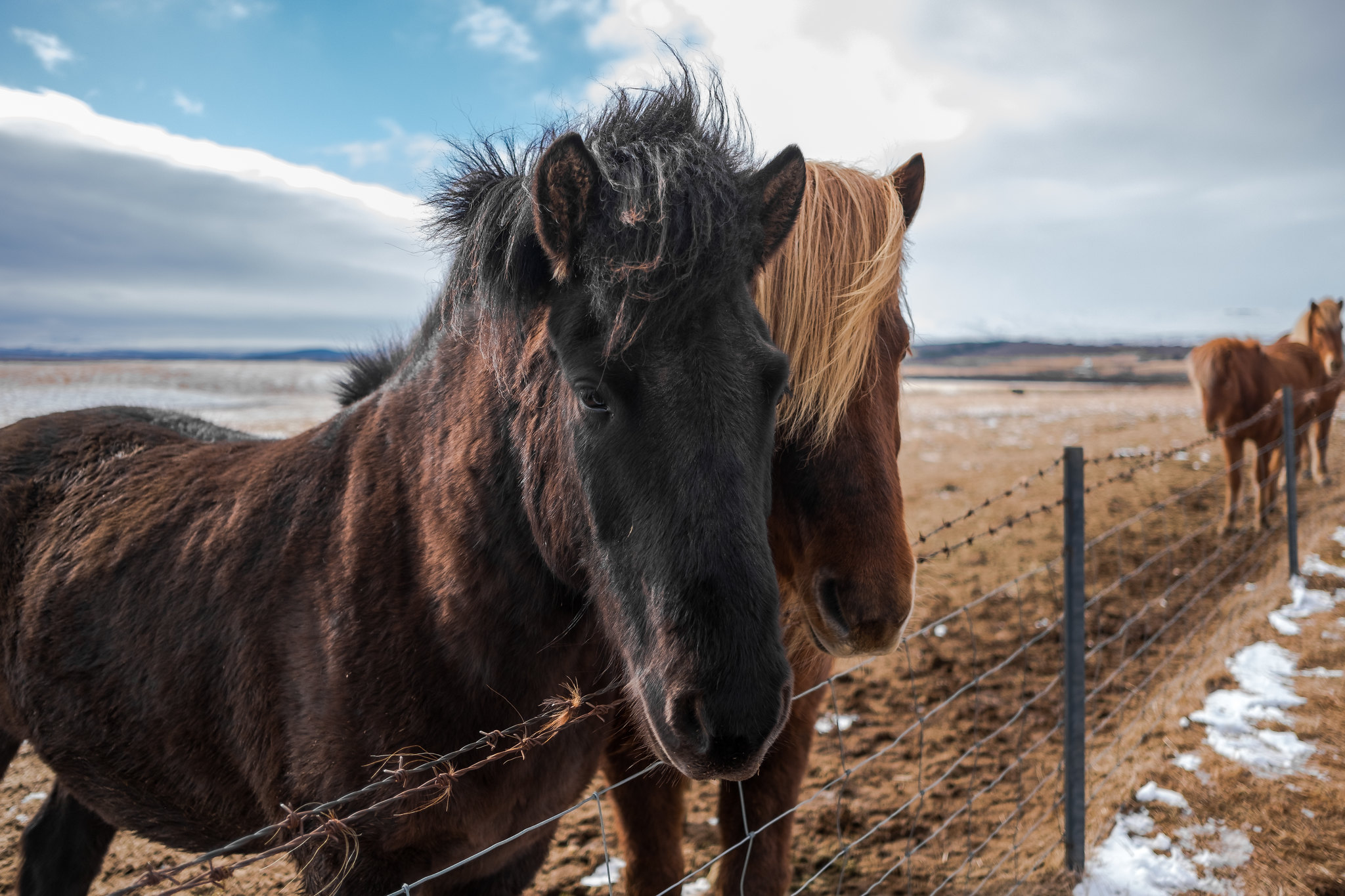 This is an interesting one. In our search on the top miniature horses from Norway, the Icelandic horse came into our search result. Our research shows that though they are named as the Icelandic horse, their origins can be traced back to ancient Germany and Norway, but it has only been developed in Iceland from the 9th – 10th century. Some of its other names include Islenzki hesturinn, Icelandic pony, Iceland Tolter, Icelandic toelter horse.
This is an interesting one. In our search on the top miniature horses from Norway, the Icelandic horse came into our search result. Our research shows that though they are named as the Icelandic horse, their origins can be traced back to ancient Germany and Norway, but it has only been developed in Iceland from the 9th – 10th century. Some of its other names include Islenzki hesturinn, Icelandic pony, Iceland Tolter, Icelandic toelter horse.
There are various uses of the Icelandic horse. One of it includes using them as a show horse or even for the traditional herding of sheep. They are known to be easy-going, friendly, and easy to train too. The reason why the Icelanders chose this particular breed is due to its ability to traverse extreme terrains with ease, and back in the ancient days, the terrains in Iceland can be pretty rough! They do have the unique gait as well as having lesser need to be maintained often.
Well, in terms of sizes, they can reach up to 13 hands as well as having weights up to 730 pounds, making it easy for children as well as adults to ride on them. One of their most common color variants will be gray.
9. Noma horse
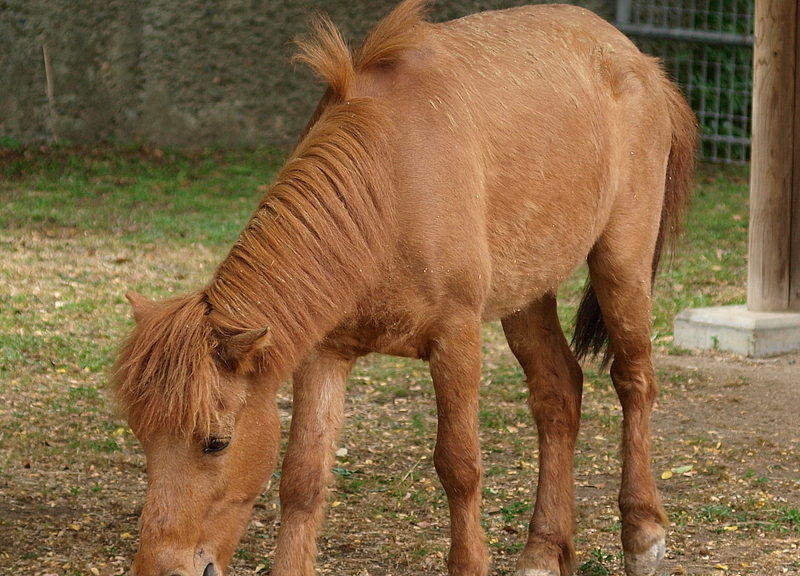 The Noma horse is one of the rarest ponies that you can find in Japan. They originated in Japan in the early 17th century, and due to its dwindling numbers, it has been marked for preservation. Their body structure does allow them to be used for minor work as well as for some general riding. They are small in size, and they can reach up to 10.1 hands. They are commonly seen in their brown tan.
The Noma horse is one of the rarest ponies that you can find in Japan. They originated in Japan in the early 17th century, and due to its dwindling numbers, it has been marked for preservation. Their body structure does allow them to be used for minor work as well as for some general riding. They are small in size, and they can reach up to 10.1 hands. They are commonly seen in their brown tan.
How Long Do Miniature Horses Live
Typically, the miniature horses can live between 20 to 25 years of age. Of course, this is heavily dependent on their breed as well as the owners’ efforts in keeping the miniature horses fit and healthy.
Can You Ride A Miniature Horse
Absolutely yes! You can ride on miniature horses. But of course, you can’t expect a 200-pound human to ride on a 1000 pound miniature horse. In fact, a miniature horse should be more suitable for kids or for shorter people as the weight will not be too much of a burden to the horse itself.
